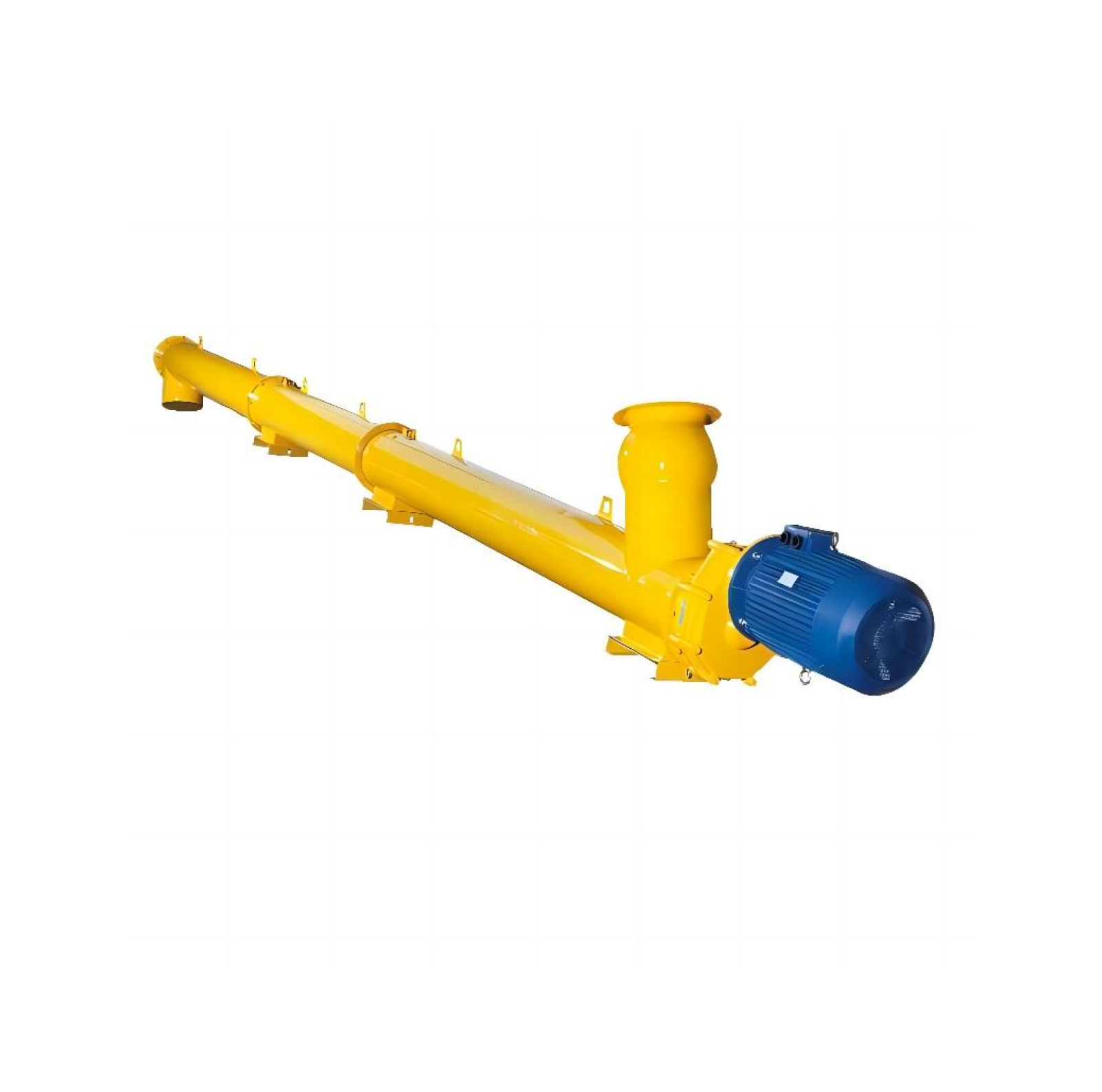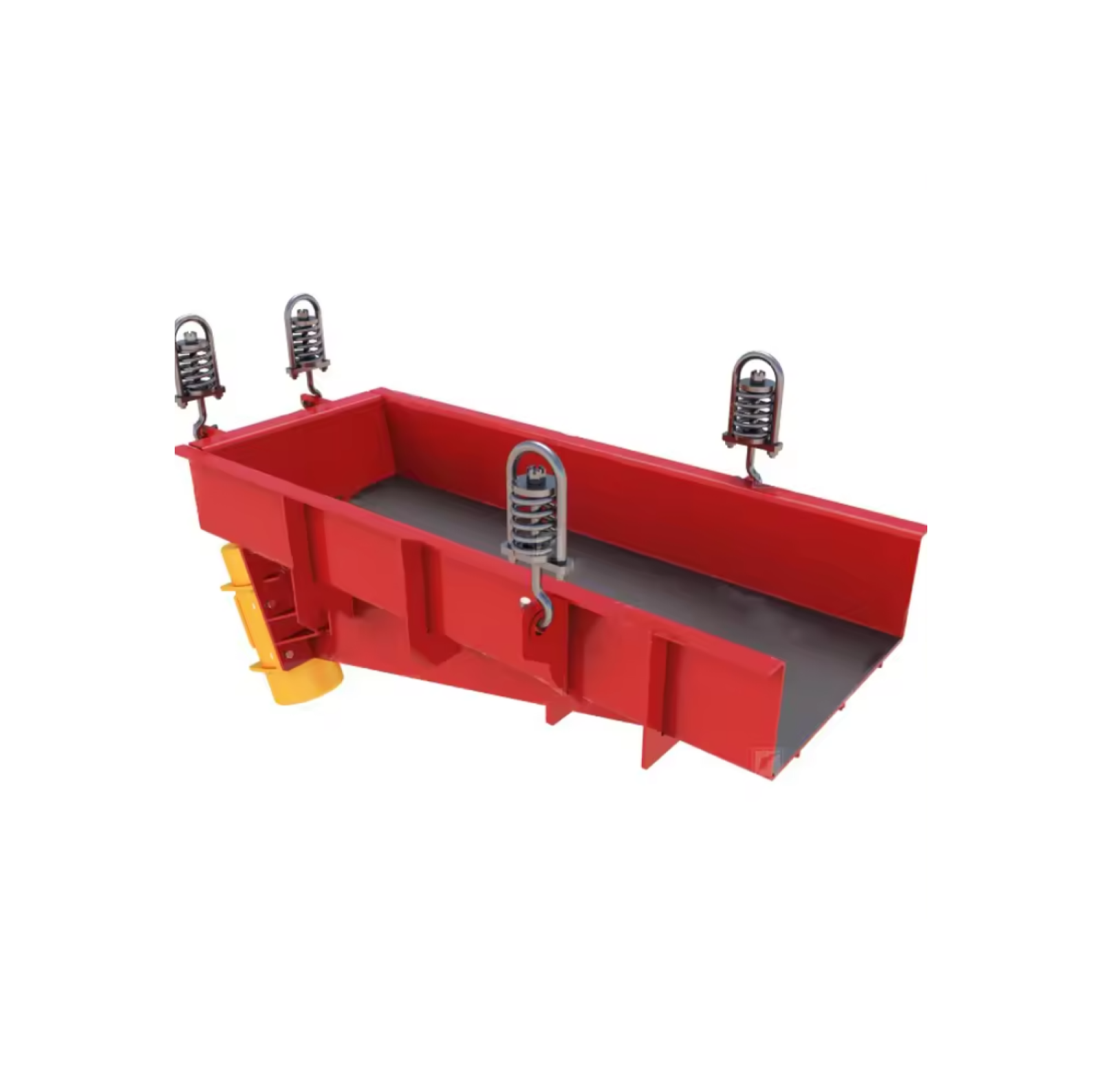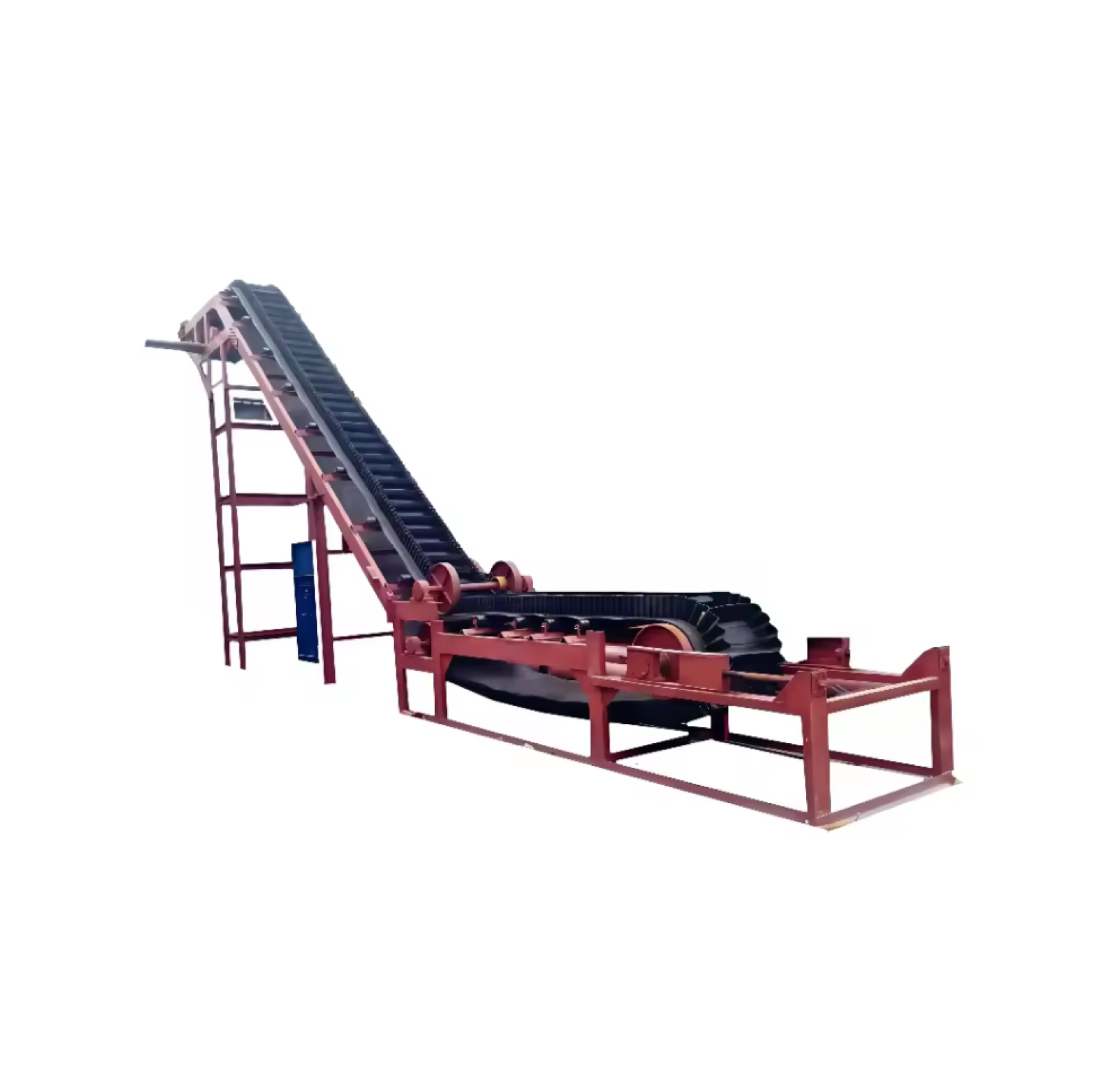Detailed explanation of the installation and commissioning steps of industrial conveyors
2024/09/30
Henan Fubangde Mechanical Equipment Co., Ltd.
Social interaction
This article introduces in detail the installation and commissioning steps of industrial conveyors, including equipment selection, site preparation, installation process and commissioning precautions, to help companies improve production efficiency, ensure stable equipment operation, and promote business development.
introduction
In modern industrial production, conveyors, as one of the important automation equipment, play an indispensable role in improving production efficiency. However, how to correctly install and debug industrial conveyors is an important prerequisite for ensuring their stable operation. This article will analyze the installation and debugging steps of industrial conveyors in detail.
1. Equipment selection
Before installing an industrial conveyor, you first need to select the appropriate equipment based on production needs. We need to consider the nature of the conveyed material, the conveying distance, environmental conditions and the type of conveyor (such as tubular screw conveyors, vibrating motor vibrating screens, etc.).
Tubular Screw Conveyor

2. Site Preparation
Site preparation includes inspection and cleaning of the equipment foundation to ensure it meets the installation requirements of the conveyor. Necessary tools and accessories must also be prepared.
3. Installation Process
The steps to install an industrial conveyor are as follows:
- Foundation installation: Adjust and fix the conveyor foundation according to the equipment manual.
- Mainframe installation: Install the conveyor mainframe on the foundation, ensuring it is parallel and vertical.
- Transmission device installation: Install the motor, reducer and other transmission devices according to the operation manual.
- Installation of conveyor belts and accessories: Install the conveyor belts, and tension and adjust them.
- Electrical connection: Complete the connection of electrical circuits and check the linkage of each component.
4. Debugging precautions
After installation, debugging is an important step to ensure the normal operation of the equipment. The following points should be noted during debugging:
- Make sure all connecting parts are securely fastened.
- Before conducting electrical debugging, check whether the power supply and wiring meet the requirements.
- Start the equipment according to the prescribed procedures and pay attention to the operating status.
- Test the conveyed material to ensure that the equipment performs as expected.
Summarize
With the development of industrial automation, it is particularly important to correctly install and debug industrial conveyors. Through reasonable selection and careful debugging, enterprises can effectively improve production efficiency and ensure the stable operation of equipment. I hope this article will be helpful to you!
Related equipment display







